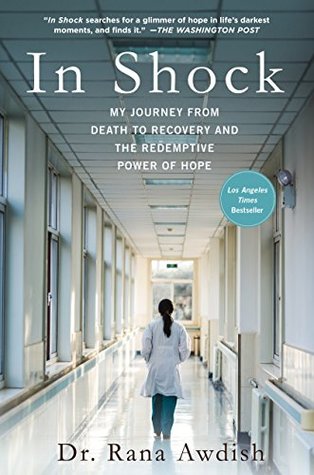More on this book
Community
Kindle Notes & Highlights
by
Rana Awdish
Read between
November 7, 2021 - August 26, 2022
Making the choice to be present for someone else’s suffering requires a kind of anticipatory resolve. Because it does get hard, sometimes even unbearably so. The choice to be present means deciding at the outset that you will be there for the duration.
I knew we valued the cure, the goal, the win. We were far less comfortable in the gray, shadowed area of suffering. We excelled at providing complex, precision medicine in a way that appeared almost effortless, yet at times struggled clumsily when it came to empathy.
The person at the center, by virtue of being the most vulnerable, gets to say anything she wants at any time to anyone. That is the sole benefit of being encased in that awful central ring. That person should not be the recipient of complaints from people in the outer periphery. They can say how they feel, how the trauma is affecting them too, but only to people in larger rings. The rule, as described in the article, is simple: “comfort IN and dump OUT.”
We cannot change that which is true and sad. But we can acknowledge it. We can humbly witness suffering and offer support.
Medicine is a culture that does not indulge suffering, though it is everywhere. It is there in every patient, every family member, and within ourselves and our colleagues. The omnipresence of the suffering makes it the easiest thing to ignore. It is the most important thing to attend to and we are constantly dismissing it, pushing it aside, whether it’s our own suffering, or the patient’s suffering, or our family’s suffering.


